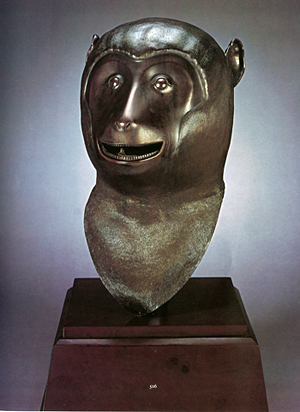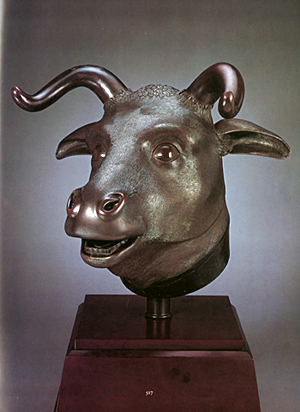|
|
||
|
|
||
|
|
|
|
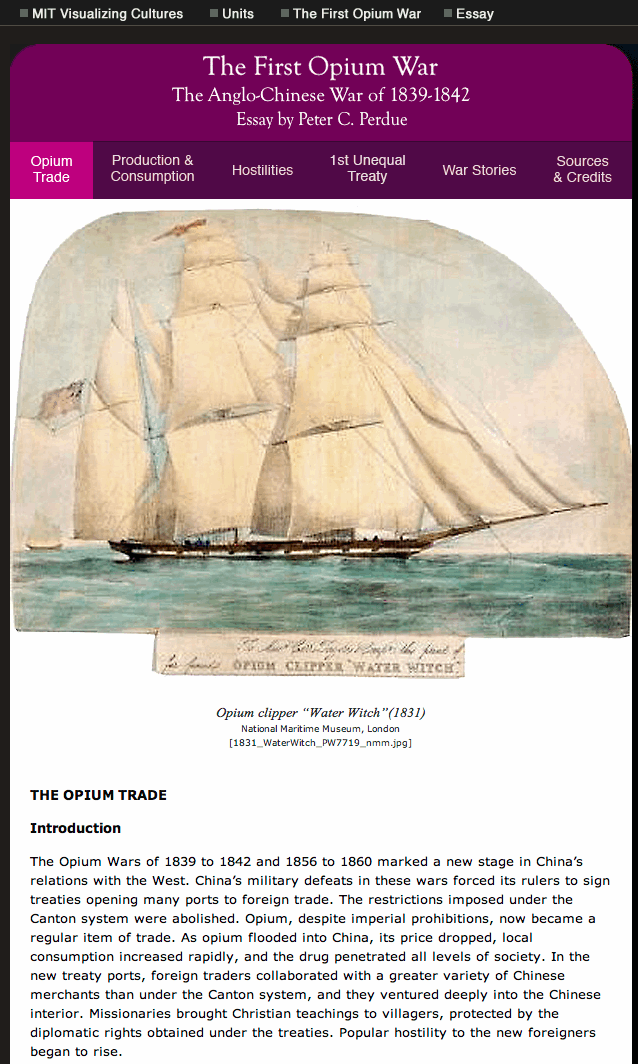



RELICS & CONTROVERSY
The Controversy Surrounding the 12 Zodiac Animal Heads
The saga of the 12 zodiac animal heads looted from the European section of
the Yuanmingyuan offers a lively illustration both the breadth of the
present-day international market in Chinese antiquities as well as the rise of
nationalistic Chinese demands for repatriation of stolen art. The most
significant items at Christie’s Hong Kong sale in 2000 were a bronze monkey head and ox head from the
water-clock fountain at the Hall of Calm Seas (Haiyantang 海宴堂) palace. The monkey originally spouted water between three and five o’clock in the afternoon, while the ox spouted water between one and three in the
morning.
These looted monkey and ox heads, originally part of the zodiac animals that
graced a fountain in the Yuanmingyuan, were auctioned in Hong Kong in 2000 and
purchased for a new state-owned museum in Beijing devoted to celebrating
traditional culture and retrieving lost relics.
[ymy8025] [ymy8026]
The auction of the monkey and ox heads stimulated Chinese interest at all levels
in seeing the stolen zodiac animals returned to China. The Poly Art Museum in
Beijing purchased the two sculptures (and also the tiger head, from a different
source) for a total of about $4 million. This state-owned museum was founded in
December 1998 and opened to the public a year later, under the auspices of the
State Administration of Cultural Heritage and the Beijing Cultural Relics
Bureau. [10] In 2003, the head of the zodiac pig was purchased for $770,000 from a New York
collector by Stanley Ho, a Macau gambling magnate, and donated to the Poly Art
Museum the following year. Later, in 2007, Stanley Ho purchased the horse’s head for around $8.9 million from a Taiwan collector (who had paid $400,000
for it at Southeby’s in London in 1989), and donated it to the Capital Museum in Beijing.
In addition to these five animal heads that have been repatriated to China, two
additional heads appeared on the Paris market in 2009, when the bronze rat and
rabbit were auctioned by Christie’s for the estate of the French designer Yves St. Laurent. The Chinese government
protested the auction and argued that these stolen objects should be returned
to China. When the auction house ignored this plea, a Chinese bidder, at first
unidentified, successfully bid $18-million each for the two heads. The buyer
then refused to pay up, stating that “every Chinese would have done the same as I did. It’s just that I got the opportunity. I have fulfilled my duty.” He later identified himself as an adviser to China’s National Treasures Fund named Cai Mingchao. After this incident, Pierre Bergé, the partner of Yves St. Laurent, said he would keep the two zodiac heads in
his own possession.
As of 2011, the remaining five heads—the dragon, snake, sheep, rooster, and dog—had not been located.
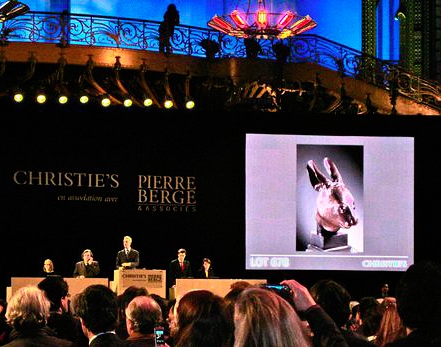
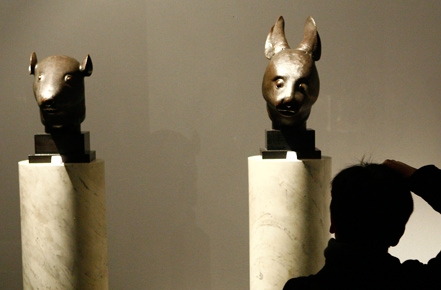
|
Christie’s auction of the rat and rabbit zodiac heads, offered for sale by the estate of
Yves St. Laurent in February 2009, received extensive critical coverage in both
the Chinese and international media, including dissemination of these two
photos. The heads were purchased by a Chinese bidder who subsequently refused
to pay.
|
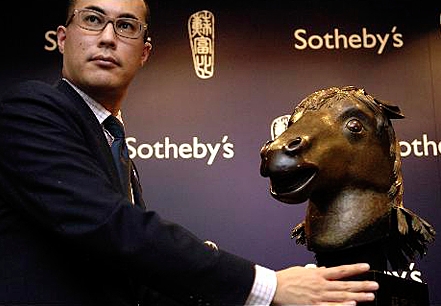
|
This zodiac horse’s head from the Yuanmingyuan, auctioned by Southeby’s in September 2007, was purchased by a Chinese billionaire in Macau and donated
to China.
|
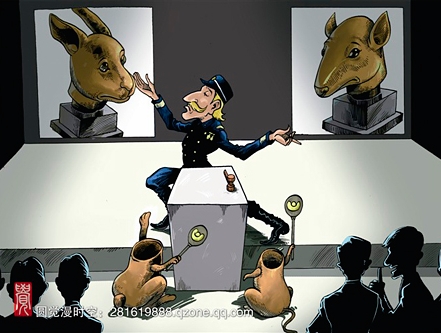
|
A Chinese cartoon depicts the bodies of fountain figures bidding at the Christie’s auction to retrieve their heads.
Studio Yuan Jiao Man’s Space on Blog QQ.com, 2009 |






